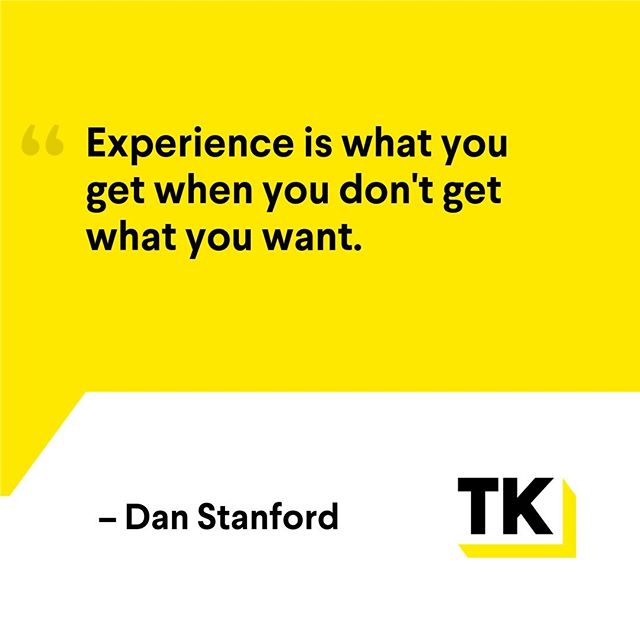One of the cool things about SaaS businesses is that they come in all shapes and sizes. There’s this growing trend of Micro SaaS businesses.
What makes for a great Micro SaaS business?
In this blog, I’m going to explain what a Micro SaaS business is and the three principles you’ll need to know to buy or build your own Micro SaaS business and reap the profits.
What is Micro SaaS?
Micro SaaS refers to small, specialized Software-as-a-Service (SaaS) applications that are developed and operated by small teams or even a single individual. These teams typically run between 1 to 5 people.
These SaaS solutions are designed to address niche needs or to solve specific problems for a specific market. They have a more narrow focus, offering a streamlined and simplified solution compared to larger more comprehensive solutions.
Why is Micro SaaS Popular?
Micro SaaS is a sought after market for several reasons.
First, they cater to niche markets or underserved segments where larger SaaS platforms may not provide tailored solutions. This helps you address specific pain points or requirements with greater precision and efficiency.
Micro SaaS products are also more agile and flexible, allowing for quicker iterations, feature enhancements, and personalized customer support. The compact size also means lower barriers to entry for Founders, fostering innovation and competition within the SaaS space.
Why Build a Micro SaaS?
You should consider building and developing a Micro SaaS for its agility, focus, and scalability. When you target a specific niche or solve a particular problem with a Micro SaaS, you can streamline your development process, iterate quickly, and maintain a sharp focus on your customer’s needs.
Micro SaaS businesses are like condos you own and rent out. They keep appreciating in value and you keep reaping the profits. Building and developing a Micro SaaS can offer rapid sustainable growth, scalability, differentiation in the market, and the opportunity to create meaningful value for your ideal customers.
Having a focused approach leads to faster time-to-market, reduced complexity in product development, and a more efficient use of resources. The compact size of a Micro SaaS will help you pivot, adapt, and experiment with new features or business models with greater ease.
Before we get into the principles of building a Micro SaaS, I want to extend a reminder that you still need a proper Go-To-Market strategy. To learn how to build a scalable GTM strategy, grab a complimentary copy of my 5-Point SaaS Growth Strategy Guide below.
Principles to Building a Micro SaaS
When I started out as a SaaS Founder, 37 Signals, Known as Basecamp, emphasized their bootstrap approach, profitability, and pride.
In the venture bubble, businesses typically either focus on growing with venture capital or maintaining a lifestyle business.
However, the 37 Signal team broke the mold by rejecting venture capital, opting to be bootstrapped instead. This ethos is at the core of what makes a Micro SaaS business. You don’t hear much about it because if a Founder is making 3 million from a Micro business, they often prefer to stay quiet about it.
Principle 1: Solve a Problem for Individual Contributors
Micro SaaS companies need to prioritize solving problems for the user. The users are the ones making the purchasing decisions. When you start targeting decision makers, you’ll need to hire salespeople to convince multiple people, making the sale more challenging.
So, what’s the quick hack?
Target Individual Contributors (ICs) in roles where SaaS solutions directly address their needs.
Individual contributors are workers within an organization who primarily focus on executing tasks or projects related to their specific role or expertise. They are valued for their specialized skills, knowledge, and ability to product high-quality work within their domain.
ICs often need Micro SaaS solutions to enhance their productivity, streamline workflows, and solve specific pain points within their roles or projects. Your micro solution can cater to their niche needs or solve targeted problems, making them super valuable. Especially for those who require specialized tools or software to perform their tasks efficiently.
These solutions could automate repetitive tasks, provide access to specialized functionalities, or offer unique features tailored to the IC’s job requirements.
If you make a Micro solution for individual contributors, you’re set. But, how do you make sure this is actually going to work?
Principle 2: Follow the ‘Jobs to be Done Framework’
A ‘Jobs to be Done Framework’ looks at an IC and displays what jobs they need to get done efficiently. You literally map out what their day looks like, tools they use, and what they need to accomplish.
What is the urgent problem in their workflow? That is what your SaaS product needs to solve.
For any SaaS company, you need to make sure you’re solving an urgent and important problem. If you aren’t, you will spend a lot of time convincing your ideal customers that your solution is important.
But, if you map out their jobs to be done, look at what they’re being compensated for, what results they need, and where their workflow gets broken, you can plug your SaaS business in and solve. That’s when the magic happens.
There is a bonus caveat to this principle…
You want to make sure your SaaS product clearly integrates into their workflow.
One of the toughest things with the SaaS period is churn: getting customers to come back. So, if you let them know how your Micro SaaS integrates, you are more likely to activate, retain, and convert them.
Principle 3: Price to Show 10X ROI
What is the best pricing strategy for your product?
First off, try to figure out how to charge AT LEAST $30 per month. This should be enough profit per customer to spend for ADs and scaling your business. It can be very tough to scale when you’re only charging $9 a month.
On the other hand, to avoid elongating the sales process, it’s advisable to keep your pricing below $99. This threshold reduces the likelihood of potential customer feeling the need to engage with a sales representative.
So, how should you actually price for Micro SaaS?
The best way I’ve learned is to justify your pricing by demonstrating a 10X return on investment (ROI).
For example, if your product is priced at $100, you should showcase how it provides $1,000 worth of value to your users. Define the inherent value your customers get out of using your solution.
You also want to target those with disposable income and/or high earners. Why?
This demographic, often consisting of ICs, may utilize personal credit cards for purchases since they lack access to corporate cards. As they recognize the value your solution offers, they’re more inclined to expense it and eventually advocate for its adoption within their organizations.
In Conclusion
Those are the 3 principles to follow to make sure you’re picking the right micro SaaS ideas to build incredible business so you’re bootstrap, profitable and proud. This is what makes for a really awesome Micro SaaS business.
If you start to crack one of these fundamentals, you can start to scale it over time and use the common services from your existing one to build other micro SaaS businesses.
If you’re in the early-stage of building out your SaaS business and would like more guidance on how to create a scalable working machine, grab a complimentary copy of my 5-Point SaaS Growth Strategy Guide below.












